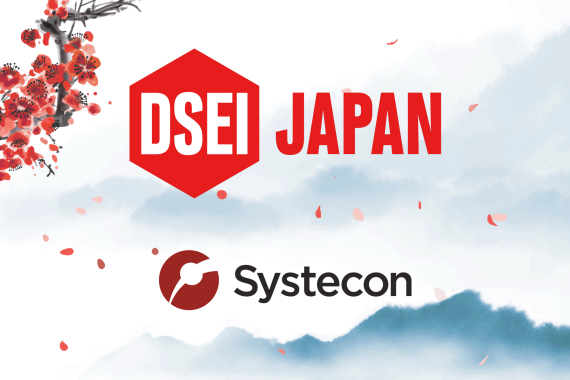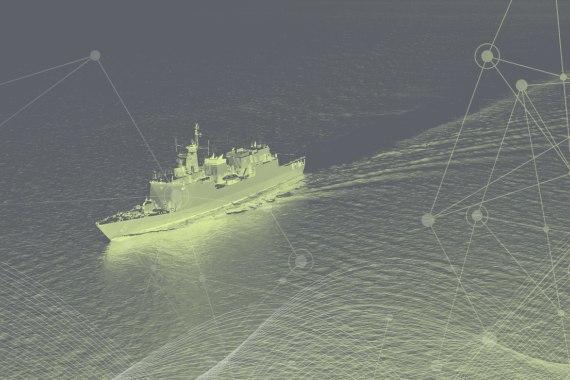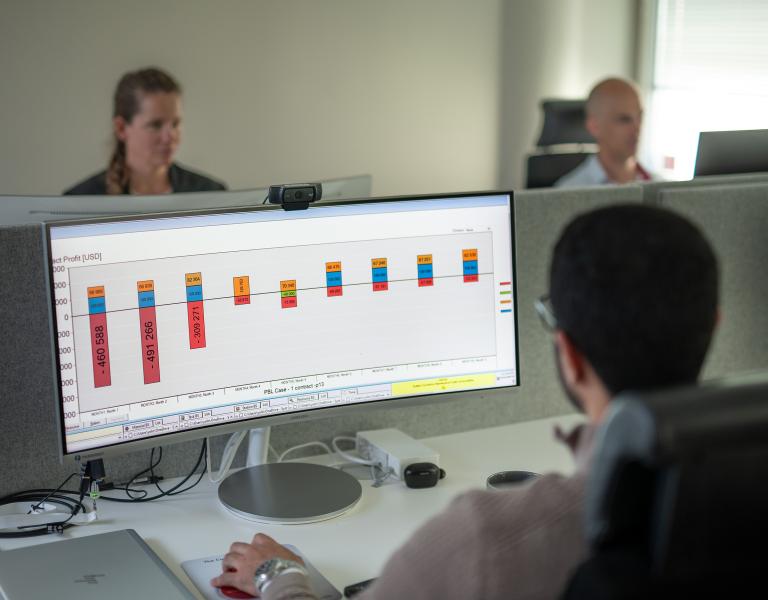
CATLOC - Cost Control Through the Life Cycle
CATLOC – one of the Opus Suite software tools – is an ideal tool for calculating and predicting costs and revenues through the life cycle of a technical system, and for evaluating the consequences a decision may have on different types of costs. CATLOC is a complete and flexible cost/revenue analysis tool that allows users to decide the scope, focus, approach and level of detail. It is equally suited for life cycle cost analysis, budgeting and planning, financial risk assessments, and control of ongoing projects.
CATLOC provides answers to high level questions such as:
- What is a good estimate of the life cycle costs, given current information about the system and its components, the planned operations and logistics support solutions?
- How will costs be distributed over time and over the different life cycle phases?
- What are the largest, most important costs types so that I can focus my analysis efforts in an effective way?
- Will certain requirements or conceptual decisions drive costs?
- What is the potential profit margin?
- How are costs distributed over time?
You can compare and analyze alternatives side by side in a clear and thorough way, for instance when choosing between:
- Competing proposals
- System design alternatives
- Alternative maintenance solutions
- Contract terms
You can also drill down into the details for decision support regarding questions such as:
- Which are my cost drivers?
- Which changes and improvements to my solution will be most beneficial from a cost perspective?
- Which factors have the largest impact on cost or profitability?
- What is the predicted cost of phase out or replacement of aging equipment
CATLOC is also the perfect tool for consequence analysis and risk assessments. With quick cost calculations and simulations of cost and revenue flows, you can determine:
- What is the probability that my costs will exceed a certain level?
- How are costs impacted by changes to the operational profile or the support solution?
- How sensitive are the cost results to uncertainty or variance of different parameters?
- Which cost types are most affected by uncertainty or changes to different parameters?
- What are the direct and indirect environmental impact costs of a particular solution?
Leading organizations and companies worldwide use CATLOC for this type of analysis and decision support.
Read more about application areas
Previous versions release information
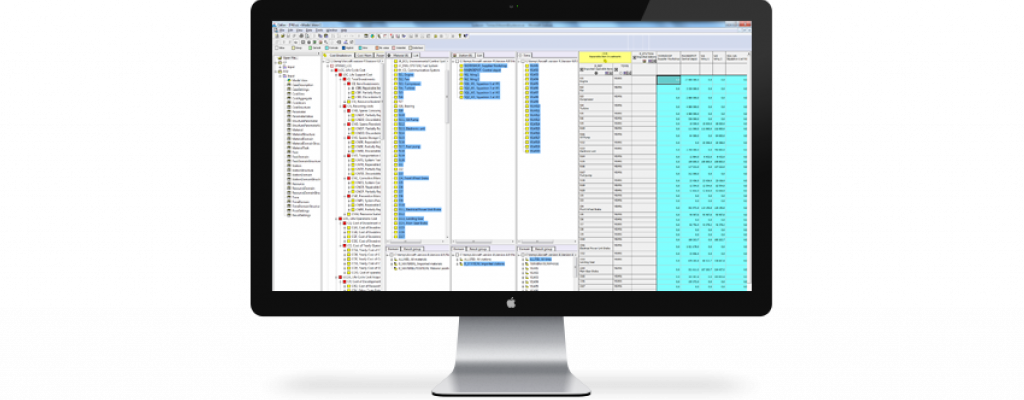
Data input
The CATLOC model consists of tables that can be used in a flexible way, depending on complexity and desired level of detail, to describe a scenario. A “model view” gives the user overview and support, with a graphic representation of the cost structure. There is also a “parameter view” that facilitates data input. A formula editor makes it easy to define and enter calculation formulas. Data can also be imported from databases, MS Excel, OPUS10, or SIMLOX.
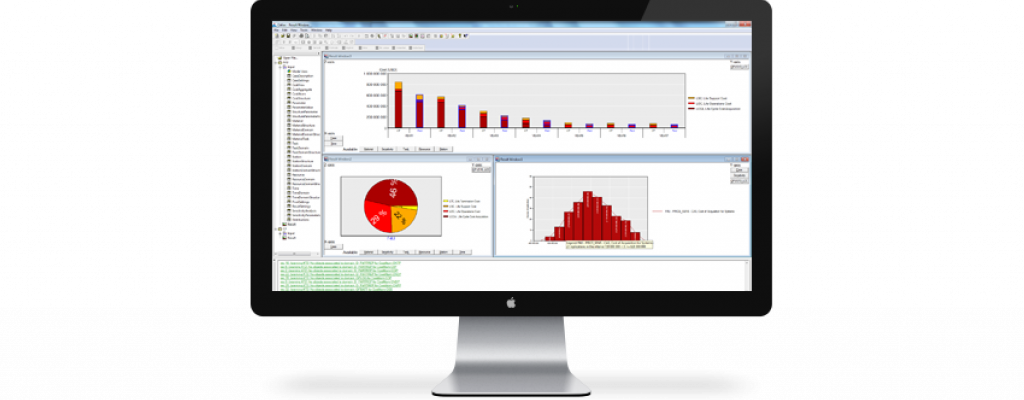
Results
The advantages of CATLOC's flexible cost model become very clear in the results view. It is easy to move from a top-level aggregate overview to detailed in-depth analysis in search of cost drivers. With a few clicks, costs can be distributed over time, components, departments, resources or actions. It is possible to toggle between numeric and graphic presentations of the results.
The Report Generator
The Report Generator provides reports that can be customized to show the results that are of interest. You can choose from several preset graphs and tables, as well as define your own by saving the views you create in the Result View – so that you get precisely the information you need. The results displayed in the report can be exported to databases, business systems or MS Excel.
Upcoming courses
| Course | Date | Location | |
|---|---|---|---|
| CATLOC Course | Jun 17–19 2025 | North America (Virtual) | Learn more |
Find out more about the decision support Opus Suite can provide to your organization.

